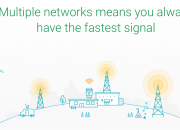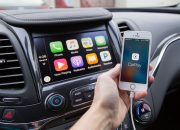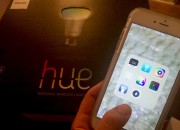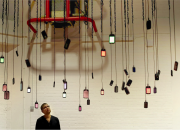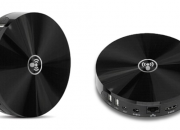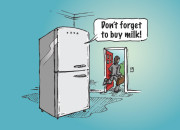Android
InVisage Technologies Inc., the camera sensor company, announced the release of “Prix”, a short film shot entirely with InVisage’s QuantumFilm smartphone camera sensor. The film captures a stunning level of detail despite dynamic lighting environments and shooting fast-moving subjects outdoors. This quality is made possible thanks to InVisage’s QuantumFilm, a quantum dot camera sensor technology.
Despite the growing competition, Philips Hue light bulbs are still the kings of all smart, Wi-Fi enabled light bulbs. These color-changing wonders will literally transform your home, and all you need to do is screw in a light bulb.
IMAGE 2 AppsPart of the success of Hue lies in Philips’ early decision to provide a Software Development Kit (SDK), meaning there are now over 200 third-party iOS, Android, and even a few Windows Phone, apps that control your lighting in ways you never dreamed possible.
Radiolab, and former Groupon founder and CEO, and now Detour founder, Andrew Mason have been in town collaborating on an immersive Austin audio walking tour that will debut at SXSW 2015. The Detour app that launched last month takes the team’s expert storytelling skills and translates them into reality through voices, music, and ambiance.
We all want to make things easier. That’s what the Internet does. And apparently, that’s what mobile applications do better – just ask the fast-growing number of app users. This is the consequence of the switch from desktop and laptops to mobile devices like smartphones and tablets. A recent study by Nielsen showed that an average American adult spend some 34 hours per month using mobile internet on smartphones compared to 27 hours via personal computer. Of that smartphone internet time, mobile apps take up 86% of usage and only 14% access time via the mobile web.
Remember the popular IBM commercial from back in 2000, where actor Avery Brooks acknowledges the pivotal year as the century turns and questions the availability and absence of flying cars, saying we were promised this futuristic invention, looking around the roadways and stating, “I don’t see any flying cars.”
The OnAir box is a clever little device that enables music lovers to turn existing stereos and TVs into connected devices to create a true multi-room music listening experience. From what we’ve seen, not only does it provide simplicity of use, but also delivers a great design while offering a great user experience without the need to upload a single file to the cloud.
The smart home may be angling for the mainstream, but right now it’s stuck swimming in a niche. Turning lights on automatically and setting thermostats from a smartphone is the stuff geeks revel in now, but for the smart home to reach flooding point, it must transform, not augment, the domestic realm — and it needs to start in the kitchen.









